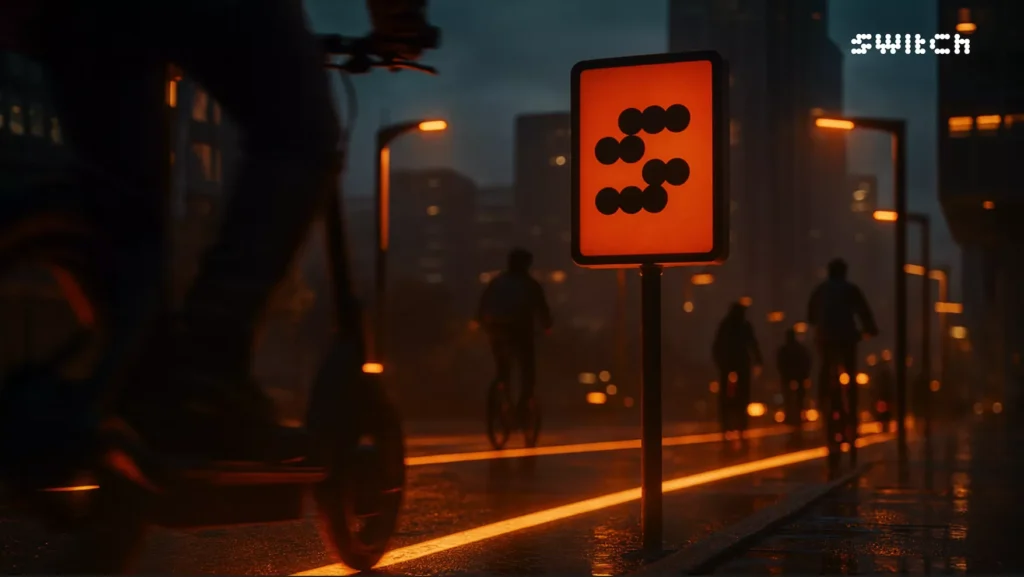
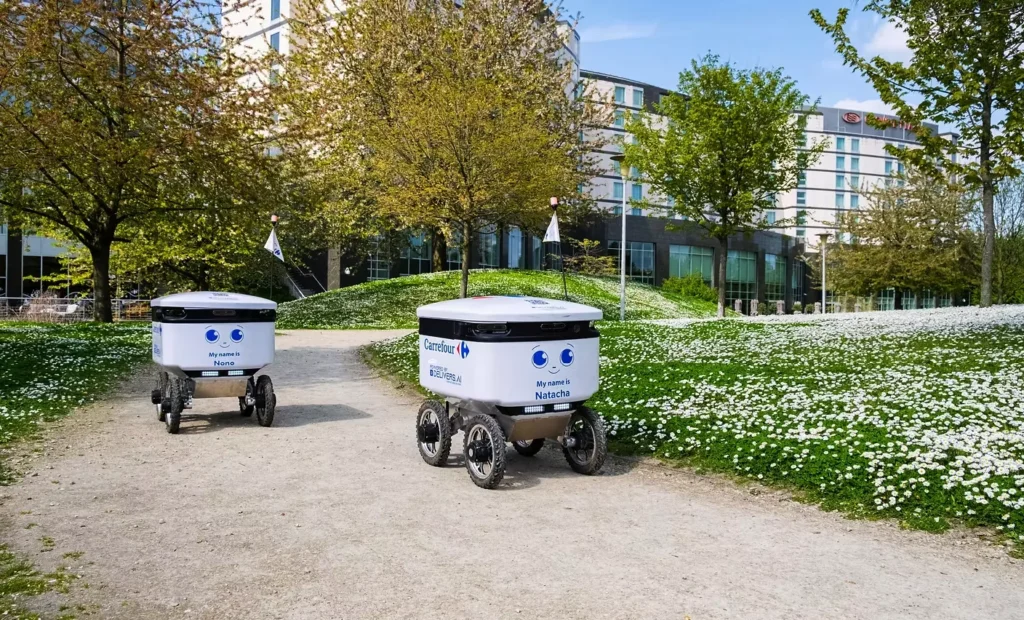
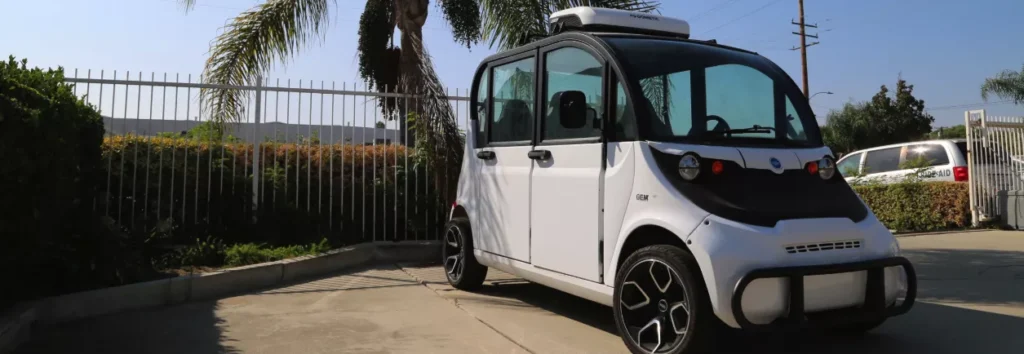
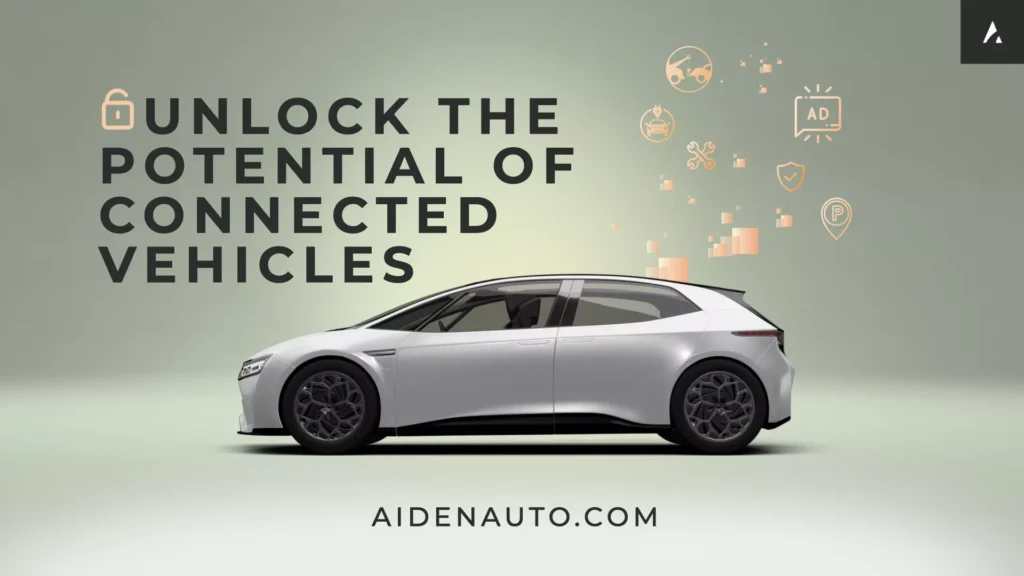
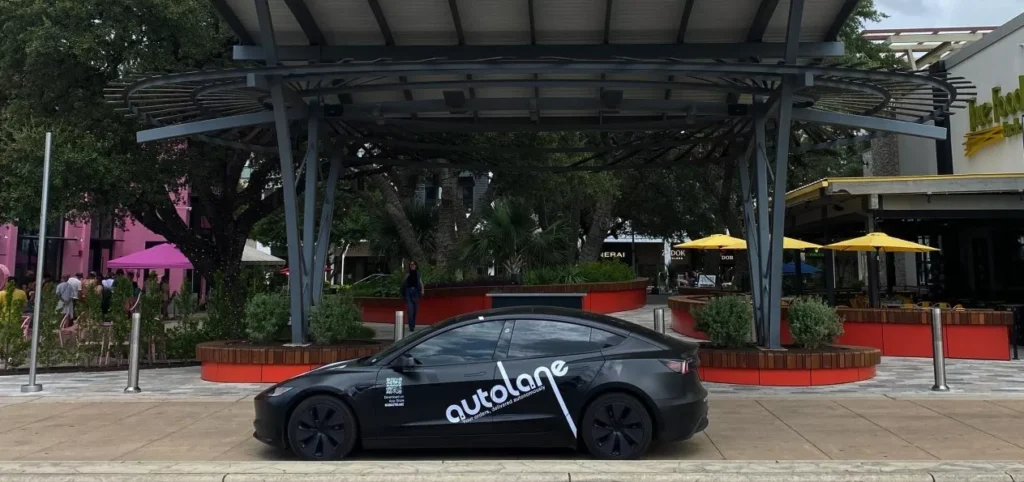
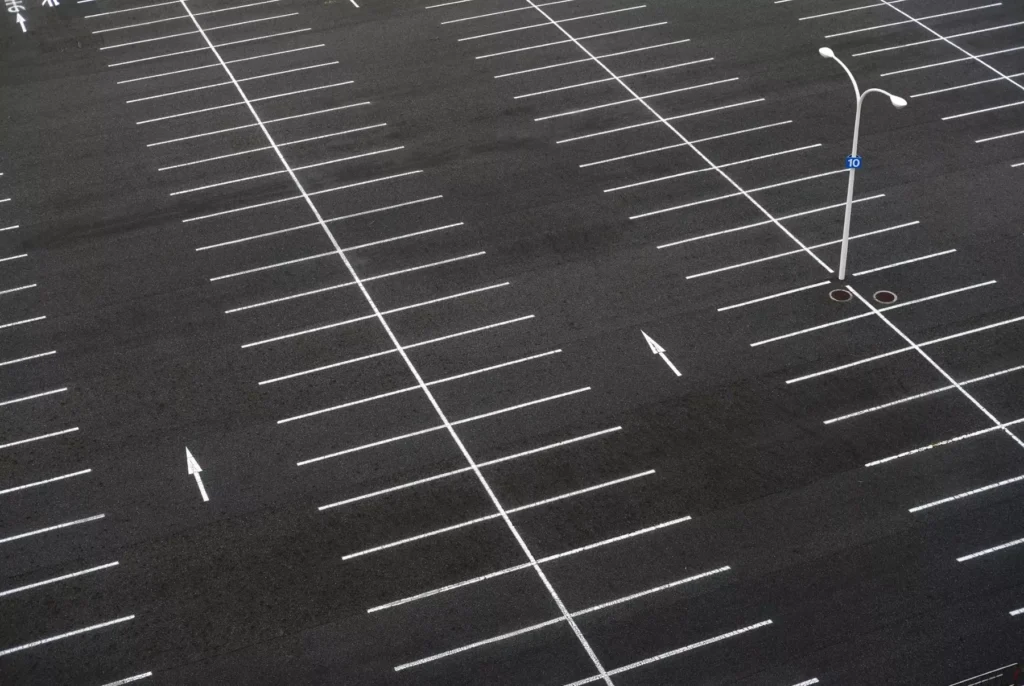







From EVs and batteries to autonomous vehicles and urban transport, we cover what actually matters. Delivered to your inbox weekly.
There’s no shortage of plans to fix New York City’s streets — just a shortage of follow-through.
Across the five boroughs, major transit upgrades have been studied, supported, and in some cases fully funded. Busways. Protected bike lanes. Operational improvements. All ready to go. But they’ve been stuck in political limbo.
As the city prepares for a new mayor, transit advocates see an opening: act fast on what’s already on the table. These aren’t long-term visions — they’re shovel-ready fixes that could reshape commutes in the next 6–12 months.
Two high-impact corridors — 34th Street in Manhattan and Fordham Road in the Bronx — have been pitched for bus-only lanes for years.
34th Street’s plan was shelved during the Bloomberg era after local opposition.
Fordham Road’s busway gained public and political support before being quietly dropped.
Both routes are clogged daily. Buses on Fordham Road average just 4.8 mph during peak hours. A dedicated lane could dramatically improve reliability for thousands of riders.
“These plans were already in motion. All it takes now is the will to move.” — NYC transit advocate
New York pledged 50 miles of protected bike lanes in 2024. So far, just 8 miles have been delivered.
Neighborhoods like Sunset Park and Greenpoint — both with high cycling rates — remain full of dangerous network gaps. Meanwhile, theft of e-bikes around subway stations is rising fast.
Advocates are calling for:
500 secure e-bike lockers at transit hubs
Priority completion of bike lane gaps in high-ridership neighborhoods
Dedicated enforcement to keep existing lanes clear
Even existing bus priority lanes aren’t being used to their full potential. Many operate only during rush hours.
Restoring 24/7 service on high-volume routes in Queens and Manhattan is one of the lowest-cost, highest-impact moves the city could make with no construction required.
Under the outgoing administration, NYC failed to meet key mobility goals — including its own DOT benchmarks for bike and bus infrastructure.
The next mayor has a rare chance to start strong. These are not ambitious new visions or multi-year capital projects, but they are already in the pipeline, waiting for someone to finish the job.
The city doesn’t need new ideas right now. It needs a mayor who will pick up the plans already written and make them real.
Because for everyday riders stuck in traffic, dodging cars on half-built bike lanes, or waiting for late-night buses in lanes that no longer apply — progress can’t wait.